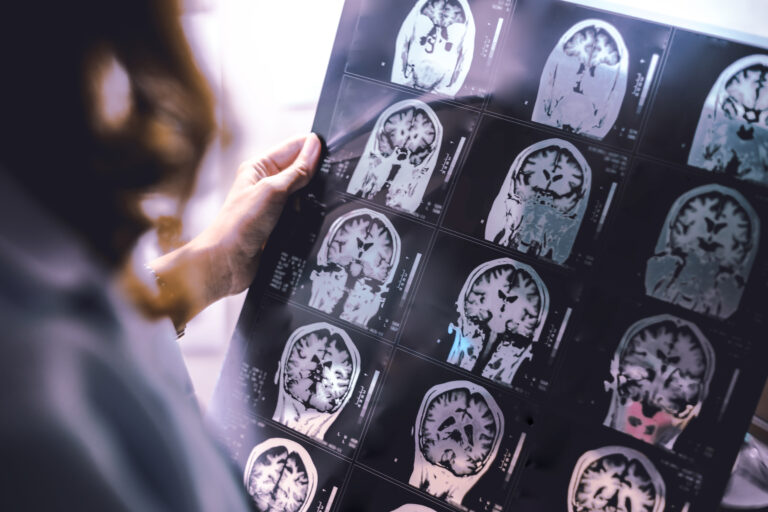Non-Hodgkin’s lymphoma (NHL) is a complex group of blood cancers originating in the lymphatic system, primarily affecting B-cells. Treatment has traditionally relied on chemotherapy, radiation, and more recently, targeted therapies. While these treatments can be effective in controlling or even curing the disease, they often come with significant long-term toxicities that impact survivors’ quality of life. Research in NHL is increasingly focused on reducing these long-term treatment toxicities without compromising the effectiveness of therapy.
The challenge with NHL treatment toxicity arises because many chemotherapy drugs and radiation therapies, while killing cancer cells, also damage healthy tissues and organs. For example, anthracycline-based chemotherapy, a common component of NHL regimens, is known to cause late cardiac toxicity, which can manifest years after treatment ends. Radiation therapy, especially when directed at the chest or central nervous system, can also lead to long-term damage including secondary cancers, fibrosis, and organ dysfunction. These toxicities can significantly reduce life expectancy and quality of life for NHL survivors.
Recent research efforts aim to reduce these toxicities through several innovative approaches:
1. **Targeted Therapies and Immunotherapies:**
The development of monoclonal antibodies such as rituximab, which specifically target CD20-positive B-cells, has revolutionized NHL treatment. These therapies are more selective than traditional chemotherapy, attacking cancer cells while sparing most normal cells. This selectivity reduces collateral damage and long-term side effects. Beyond rituximab, newer agents like antibody-drug conjugates and bispecific antibodies are being studied to further improve targeting and reduce toxicity.
2. **CAR-T Cell Therapy:**
Chimeric antigen receptor T-cell (CAR-T) therapy is a cutting-edge immunotherapy where a patient’s own T-cells are genetically engineered to recognize and kill lymphoma cells. CAR-T therapy has shown promise in relapsed or refractory NHL cases. While CAR-T can have acute toxicities, ongoing research is focused on refining these treatments to minimize long-term adverse effects. Humanized CAR-T cells and dual-targeting CAR-T approaches are examples of innovations designed to improve safety profiles.
3. **Optimizing Chemotherapy Regimens:**
Researchers are investigating ways to reduce the intensity or duration of chemotherapy without sacrificing efficacy. This includes using lower doses, fewer cycles, or substituting less toxic drugs. Combining chemotherapy with targeted agents allows for dose reduction of traditional cytotoxic drugs, potentially lowering the risk of long-term damage.
4. **Microbiome-Based Therapies:**
Emerging evidence suggests the gut microbiome influences how patients respond to lymphoma treatment and their risk of side effects. Modulating the microbiome through diet, probiotics, or other interventions may help reduce toxicity and improve treatment tolerance, though this area is still in early stages of research.
5. **Supportive Care and Toxicity Management:**
Advances in supportive care, including better anti-nausea medications, infection prevention, and management of side effects like mucositis, help patients tolerate treatment better and may reduce the need for dose reductions or treatment delays that can worsen outcomes. Long-term monitoring and early intervention for late toxicities such as cardiac dysfunction are also critical components of reducing overall treatment burden.
6. **Personalized Medicine:**
Tailoring treatment based on genetic, molecular, and clinical characteristics of the lymphoma and the patient can help identify those who may benefit from less intensive therapy or alternative approaches. This precision medicine approach aims to maximize cure rates while minimizing unnecessary exposure to toxic agents.
7. **Radiation Techniques:**
Advances in radiation delivery, such as intensity-modulated radiation therapy (IMRT) and proton therapy, allow for more precise targeting of tumors with less exposure to surrounding healthy tissues. This precision reduces the risk of long-term radiation-induced damage.
Despite these advances, challenges remain. NHL is a heterogeneous disease with many subtypes, each responding differently to treatment. Som





